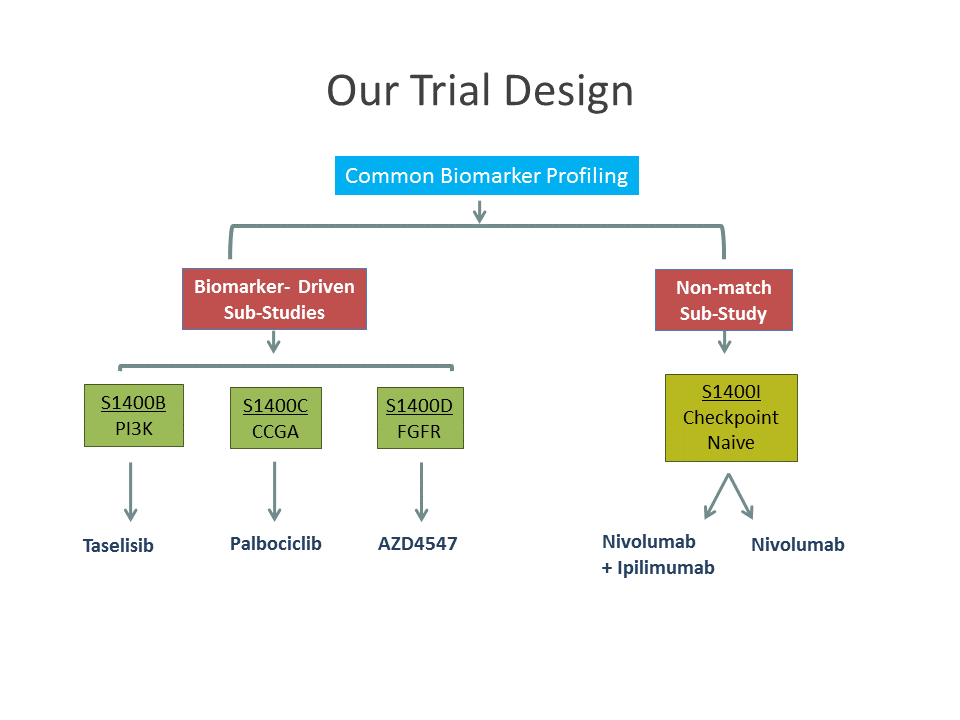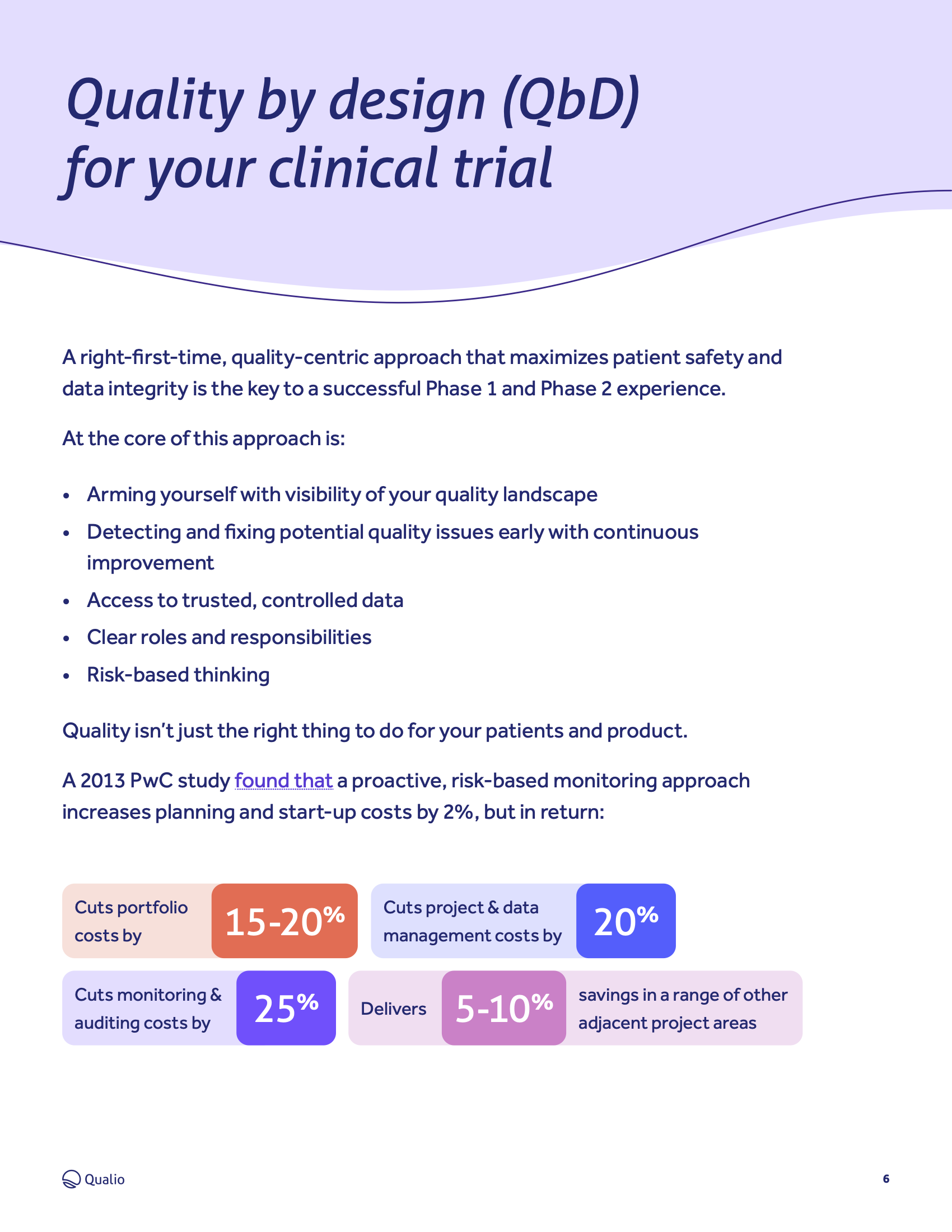Table Of Content

This is an education-orientated review of design and correct interpretation of clinical trials data. Many of the issues discussed are relevant to the correct interpretation of data from clinical trials of haematopoietic cell transplants. Quantitative endpoints should be measurable or observed on every subject in a clinical trial whereas time-to-event endpoints may not. For example, if a clinical trial collects data on subjects for 5 years after study-entry and a subject does not die during that interval the trial will not observe the time-to-death for that subject.
Build your subject-matter expertise
In this way researchers can build on models and different types of data (clinical, surrogate, etc.) from progressive trial phases, contextualizing them to improve clinical practice. In this review we introduce the underlying principles of clinical trial design, giving examples from the phantom limb pain (PLP) literature. We chose PLP given our experience designing trials for it as well as other neuropathic pain syndromes. Furthermore, PLP clinical trials have tested a variety of interventions including drugs (7,8), non-invasive brain stimulation (NIBS) (9–11), and invasive procedures (12). In addition, PLP is a disorder whose pathophysiology and optimum management remain elusive despite numerous studies.
Related Subjects
The advantage with this methodology is that it enables comparability between experiment/intervention groups and thus makes result analysis more efficient. But, with this methodology the covariates will need to be measured and determined before the randomization process. The sample size will help determine the number of strata that would need to be chosen for a study.
Speed up biopharma clinical trials to boost R&D output McKinsey - McKinsey
Speed up biopharma clinical trials to boost R&D output McKinsey.
Posted: Mon, 22 Jan 2024 08:00:00 GMT [source]
Bispecific CAR T cell therapy targeting BCMA and CD19 in relapsed/refractory multiple myeloma: a phase I/II trial
In addition to academic research hospitals, we intentionally recruited community-based sites that do not traditionally participate in clinical trials to enhance enrollment of a broad population. Clinical trials, especially randomized controlled trials, are typically designed to facilitate straightforward interpretation [1]. However, despite randomization, a formal protocol document and clinical trials registries such as clinicaltrials.gov, it remains challenging to appropriately evaluate reports of clinical trials. Herein, we review several issues regarding critical interpretation of clinical trial results. A well-designed trial’s primary endpoint (outcome) should teach you something about the therapeutic process, how well it works (if at all) and its underlying mechanisms.
Based on the above results, in 1795 lemon juice was made a required part of the diet of sailors. Thus, clinical trials can be used to evaluate new therapies, such as new drug or new indication, new drug combination, new surgical procedure or device, new dosing schedule or mode of administration, or a new prevention therapy. One tool to overcome this problem is demonstrated by Griffin and Tsao, who proposed a “mechanism-based classification of phantom limb pain” based on theorized mechanisms of action.
Hence, the outcomes of the intervention/experiment will need to be reversible as this type of study design would not be possible if the subject is undergoing a surgical procedure. A nested case‐control study consists of defining a cohort with suspected risk factors and assigning a control within a cohort to the subject who develops the disease.10 Over a period, cases and controls are identified and followed as per the investigator's protocol. Hence, the case and control are matched on calendar time and length of follow‐up. When this study design is implemented, it is possible for the control that was selected early in the study to develop the disease and become a case in the latter part of the study. Clinical trials, when successful, advance science by providing important insights into disease and treatment mechanisms, eventually changing clinical practice. The results of a trial should be interpretable, whether they are positive or negative; if they are not, then the preliminary data should be reassessed and a new research question considered.
Exploristics and Exonate announce successful collaboration to enhance clinical trial study design using cloud-based ... - News-Medical.Net
Exploristics and Exonate announce successful collaboration to enhance clinical trial study design using cloud-based ....
Posted: Tue, 12 Mar 2024 07:00:00 GMT [source]
Low risk, low benefit trial
The risks inherent in such trials must be minimized, e.g. by cautiously choosing eligibility criteria and stringently monitoring for adverse events. A single outcome should be defined a priori, with sample size and power calculations based on that outcome. Not having a clear predefined primary outcome may lead to an underpowered study, and having multiple outcomes may lead to biased results. Importantly, multiple outcome analyses at a set p value have an increasing risk of type I error (false positives), so the multiplicity should be adjusted for statistically or the analysis will be invalid. If a trial has only one primary endpoint and only one analysis of that endpoint is done the alpha level for that one test will match the overall false positive rate for the trial.
Several features of the I-SPY COVID trial may provide lessons that could be useful beyond the current pandemic. Randomized clinical trials evaluating whether one therapy is better than another nearly always analyze results using the intent-to-treat (ITT) principle. Subjects are analyzed in their assigned/randomized cohort regardless of the intervention they received. ITT analyses are considered “conservative” in that subjects receiving the alternative (non-assigned) intervention skew or “bias” towards showing no difference between the cohorts. In this instance an ITT analysis may result in the incorrect conclusion an intervention is ineffective, a false-negative.
Clinical trials are also known as therapeutic trials, which involve subjects with disease and are placed in different treatment groups. One of the earliest clinical trial studies was performed by James Lind et al in 1747 on sailors with scurvy.12 Lind divided twelve scorbutic sailors into six groups of two. The group who ate two oranges and one lemon had shown the most sudden and visible clinical effects and were taken back at the end of 6 days as being fit for duty. During Lind's time, this was not accepted but was shown to have similar results when repeated 47 years later in an entire fleet of ships.
This can be avoided if a controlled study design is chosen which includes a group that does not receive the intervention (control group) and a group that receives the intervention (intervention/experiment group), and therefore provide a more accurate and valid conclusion. Some of the biases observed with cohort studies include selection bias and information bias. Some individuals who have the exposure may refuse to participate in the study or would be lost to follow‐up, and in those instances, it becomes difficult to interpret the association between an exposure and outcome. Also, if the information is inaccurate when past records are used to evaluate for exposure status, then again, the association between the exposure and outcome becomes difficult to interpret. As a pioneer in the discovery and development of gene therapies for rare diseases, Genethon is a non-profit laboratory that was established by AFM-Telethon.

In this study design subtype, the source of controls is usually adopted from the past, such as from medical records and published literature.1 The advantages of this study design include being cost‐effective, time saving and easily accessible. However, since this design depends on already collected data from different sources, the information obtained may not be accurate, reliable, lack uniformity and/or completeness as well. Though historically controlled studies maybe easier to conduct, the disadvantages will need to be taken into account while designing a study.
One disadvantage to the use of placebos is that sometimes they can be costly to obtain. Trials commonly employ stratified randomization to ensure that treatment groups are balanced with respect to confounding variables. In stratified randomization, separate randomization schedules are prepared for each stratum. For example, gender is a potential confounder for estimating the effects of interventions to treat or prevent stroke (e.g., a between-group imbalance with respect to gender could distort the estimate of the intervention effect).
The primary outcome should be directly related to the mechanism of action of the intervention, clinically meaningful, relevant to the patient, clearly defined, and measurable. These principles highlight the importance of the design process being collaborative, not only among clinicians and statisticians, but also including patient advocates, patients and their caregivers. Friedman et al. (2010) and Wu and Sargent (2010) offer more considerations on choosing endpoints. Well-designed clinical trials are essential for the advancement of modern medicine. Developing an in-depth understanding of existing preliminary data and a risk-benefit analysis can lead to an optimal research question and a solid trial design.

No comments:
Post a Comment